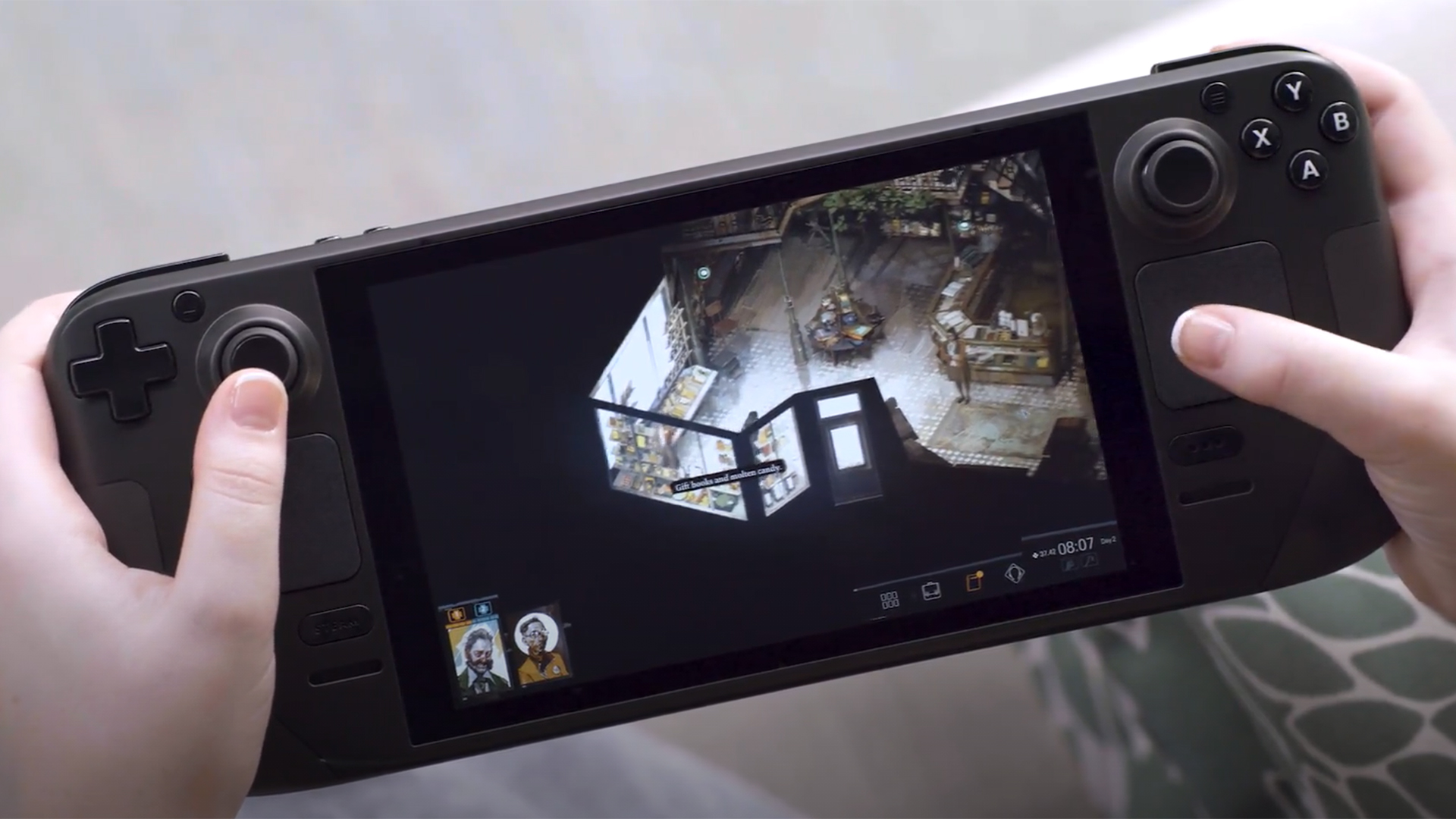- Hardware
Valve improves VRS control to boost Steam Deck battery life
Valve tinkers with power savings a month from launch.
Valve’s Steam Deck will ship on Feb. 25, but the company is still working to make its handheld debut a win with early adopters via power savings adjustments.
One of the main concerns with any handheld gaming device is battery life. Given the Steam Deck’s power, it isn’t dodging the worries regarding battery life. But Valve developer Samuel Pitoiset is working on power savings through improving a Radeon Vulkan (RADV) driver. The optimization involves allowing better control over variable rate shading (VRS) behavior, according to Phoronix.
Vulkan is already capable of controlling the shading rate based on what’s being shaded, but having greater control over the shading rate can boost performance or improve battery life. This technology works by shading unimportant areas of the screen in low resolution that players are less likely to pay attention to while gaming to save on performance. Phoronix uses a typical racing game landscape to illustrate this process to highlight how the cars are rendered in higher resolution than areas to the sides and rear of the track.
Despite its pre-existing VRS capability, Pitoiset is making changes to the Vulkan driver that prioritize power savings through dynamically controlling the VRS behavior. Now, VRS rates can write to a new configuration file, which grants greater control over the shading rate as needed. This is where and how the power savings are presumably coming into play.
To go one step further, Phoronix speculates that the VRS rate may adjust based on whether the Steam Deck is connected to a power source and that it may be toggled in real-time when unplugged while gaming.
Pitoiset confirmed these changes were made with the intent of improving power savings. Interestingly, the developer also said the changes would be enabled by default on other devices that support AMD Van Gogh APUs, according to Phoronix.
The Steam Deck ships with a 40Wh battery that clocks between two and eight hours of use, but that figure may shift depending on the new VRS control improvements. Valve’s handheld console ships out on Feb. 25 for those with first-round reservations. Round two reservations are expected sometime in Q2 2022.














